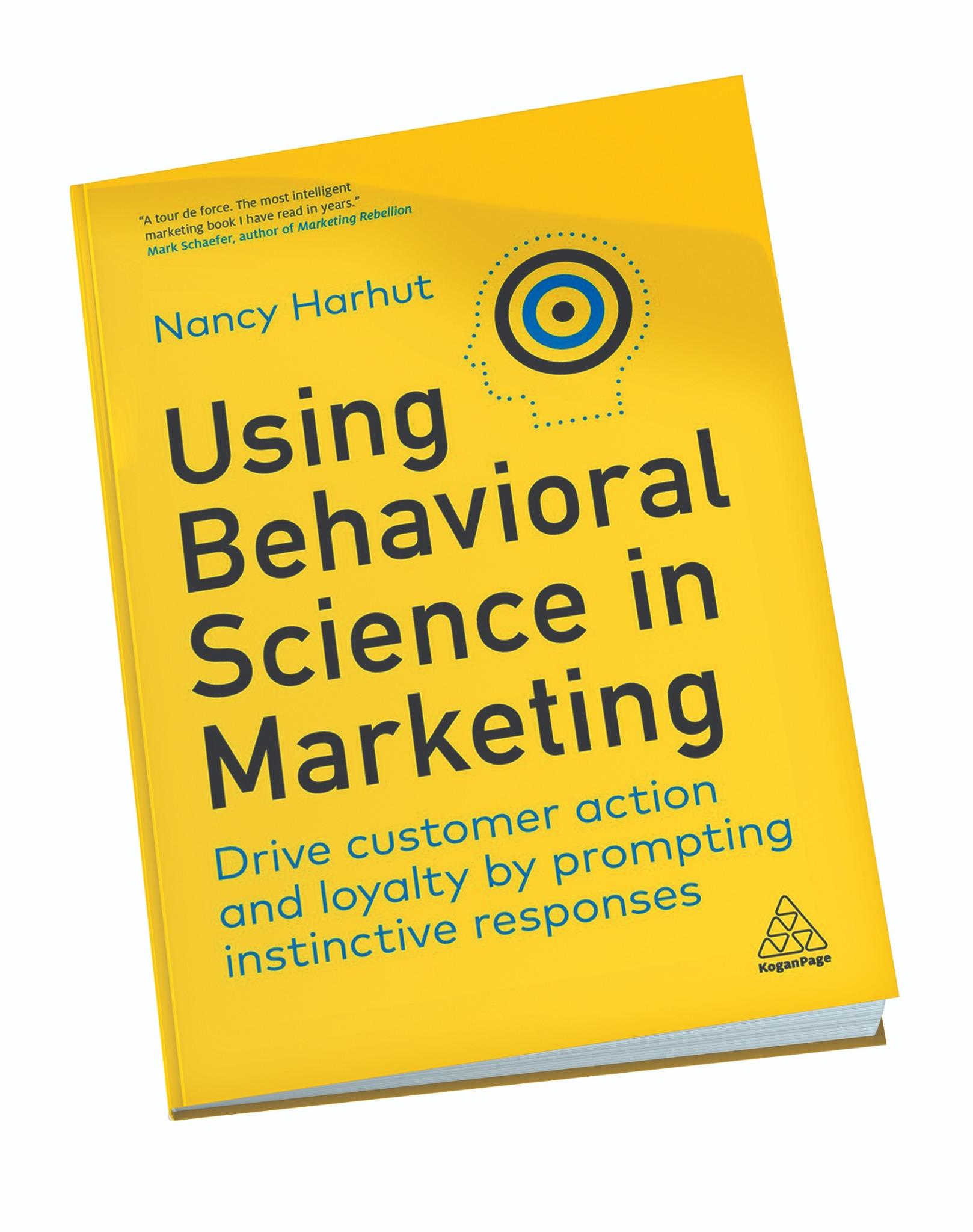
Reviewed by Julie Kurd
Chief Customer Officer
Intuify
Cambridge, Massachusetts
julie@intuify.com
Qualitative and quantitative researchers all like to understand why and how people make decisions. If we understand why consumers do what they do, then it’s logical that, by learning the whys, we can understand the trust and rapport that underlies everything, from relationships to motivations and buying decisions—trust our research colleagues, trust brands, trust the experts, trust the products, the technology, and the process.
This book is a must-read because it’s written with key takeaway lists at the end of each chapter. I read these as a list of possible “to-dos,” and because they’re in snackable chunks, I can add things such as “write that case study” to my personal to-do list.
Consumer insights professionals are good at understanding how people make decisions. For a living, we identify the key RTBs or “reasons to believe” in a brand; optimize marketing content, images, and messages that best drive behavioral intention; and understand the Jobs-to-be-Done (JTBDs). However, Harhut’s book reminds us of the myriad of things that we sometimes overlook in our own businesses, communities, and personal lives. Harhut also goes on to describe how we all need to offer the “but you are free” BYAF principle, as in “but you are free to choose whether to unsubscribe.”
Whether you’re a solopreneur or driving insights innovation at a large company, Harhut reminds us to write crisp communications that are clear and simple, and she reminds us to develop origin stories (a founder’s story, the birth of a product story, the customer-as-the-hero story, and our single differentiator story). Discovery and heritage are strong plays when it comes to “neural coupling,” or telling stories so that the brainwaves of the storyteller and the listener sync up. In an article published in Psychology Today (May 2024),1 they talk about the neural coupling of a parent and child, about brand and linguistics. This topic is so nuanced that it’s worth investing time to consider the shared vocabulary, the shared interaction, and the shared memory. Harhut says that stories are more memorable than facts, and she implores us to make time to construct these stories.
Further, Harhut reminds us that while we should tell stories and award our customers “cognitive fluency” (clear and simple writing), there’s also an opportunity to use “disfluent copy” to slow a person’s reading pace down and cause them to make a more considered decision. People are motivated to return to easier reading, so we need to interrupt the flow carefully; otherwise, we help someone to lose interest.
She also reminds us to adjust by levering emotional “hot states” (e.g., hungry, joyful, fearful) because people tend to act in the moment. Award customers with the gift of instant gratification (buy now, pay later), anchoring to your bold option (versus the most cost-effective option), and by triggering reciprocity (e.g., conference swag, gifts).
In October 2024, author Nancy Harhut signed books at our booth immediately following her keynote presentation at the Insights Association Corporate Researcher’s Conference in New York City. Her scarcity principle played out in plain sight as we only had 50 giveaway copies of her book available. Everyone who received a signed copy, signature, and photo with Harhut felt that moment of exclusivity.
In one of Harhut’s stories, a financial services firm decided to frame a humorous New York Times Magazine cartoon with a line about retirement. They even personalized each with the name of their B2B clientele (i.e., financial advisors). Because the gift was fun, personalized, and easy to display in the office, and because it drove the “reciprocity effect,” the campaign resulted in significant relationship building and sales increases among those financial advisors, who perceived the gifting firm as a good and caring brand.
Beyond gifting, remember that consumers, when unsure of what to do, would rather feel confident over feeling special. Whether you’re a solopreneur or work for a firm, sit down and create those case studies, ask for those referral quotes, and have them at the ready.
Through the chapters, Harhut steers us to prompt instinctive responses in our customers. As humans, we have a practical need for something and/or a strong desire for something. Be sure to tap into both.
Reference:
1. www.psychologytoday.com/us/blog/mind-brain-and-value/202405/how-two-brains-
synchronize-in-conversation




